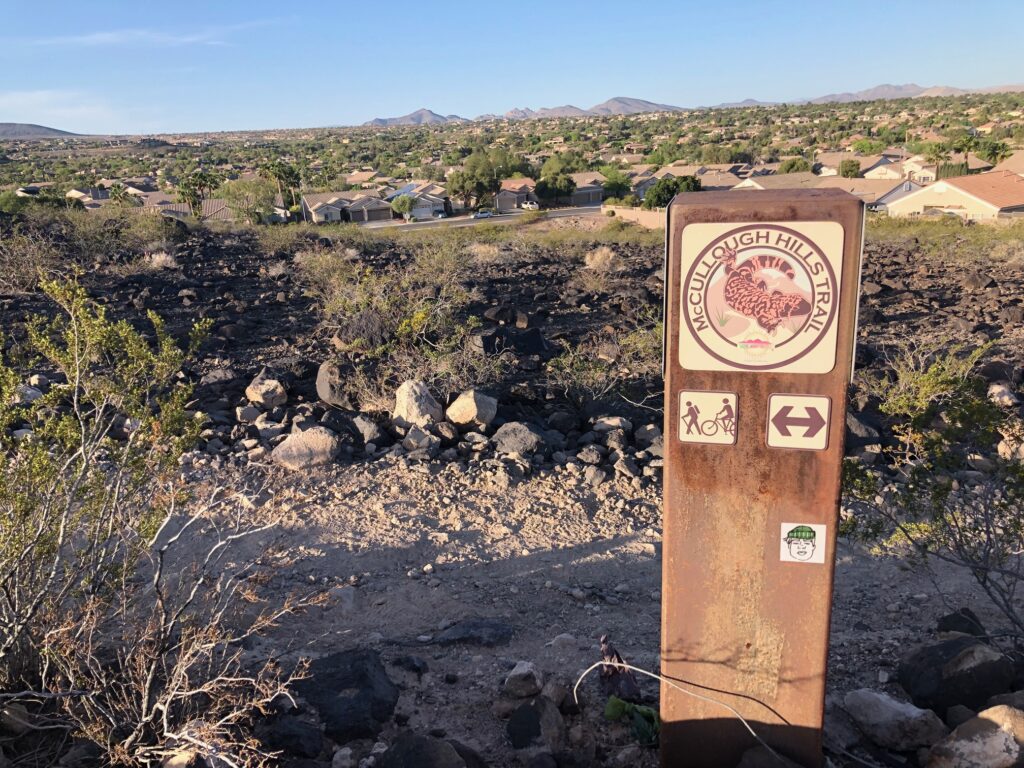Imagining a landscape – then going
I drafted a story last year about two people finding each other in a desert.
A man running. A woman carrying a burden. A desert so close to neighborhoods and roads and kitchen water faucets that the two characters would see city lights – if only they could get over that last ridge.
In real life, people have died on trails a mile from their car. Drafting this story, I imagined two people heading into a suburb-adjacent wilderness area as an afterthought, on a whim, their minds focused on other problems. Unprepared, they get into real trouble.
I also imagined the landscape: dry (of course), rocky, full of hills that look small but seem to go on forever when you’re climbing them. Desolate yet covered with scrubby, tenacious plants. Flooded with sunlight in the afternoon, but disturbingly dark when the sun goes down. Surprisingly cold.
I wrote this story while living in lush upstate New York, and I’d spent zero time in the desert myself. (Okay, once I drove through eastern Utah in June and wondered, from the air conditioned rental car, why motorcyclists were stopping under overpasses. I had never experienced so little shade.) But I didn’t make it up out of nothing. My husband lived near Las Vegas for a year and told me so many stories about running in the Sloan Canyon National Conservation Area the place started to live in my mind.
When he found out I was setting a story there, he shared even more. The few photos he has of his favorite morning route became the basis of my whole experience of the place. Rocks, check. Scrubby plants, check. Bright sunlight. And as we fiction writers do, I built a life and death drama around this place I’d never been.

Then, in late April, I went there myself.
This was dangerous. Not that I’d get lost and run out of water like my characters, but that a whole world I’d created would crumble in the face of reality.
Are you moved to write about places you’ve not been? Have you done this? Do you think any rules apply?
It’s the business of fiction writers to make stuff up. We get into characters’ minds, stretching our lived experience in this body into what might happen in that one. We make up plots: events that have not happened to us but come to life as we narrate them. Both leaps – into character and into plot – have their challenges, and their limitations.
I find place, though, particularly tricky to conjure because it’s particularly important to me. Landscape is always on my mind. Setting speaks to me. How do I know what a landscape is saying – how it will shape a story the way a hill shapes a stream – if I’ve never been there?
My honest answer is: I don’t. I’ve tried to set stories in places (all on earth, by the way) I’ve not been, but so far, none has really worked. I find that I need a real memory of breathing the air and setting my feet on the ground in order to make a place come to life on the page.
So can I only write believably about places I’ve been? My trip to Nevada provided a good test case.

My first run through Sloan Canyon, on the McCullough Hills Trail, I felt as though I’d been there before, like I was remembering the place rather than experiencing it for the first time. Gold star: My imagination did its job!
However: details threatened to get in the way of my story. For instance, one character runs downhill on the McCullough Hills Trail for eight miles one way. Real life showed me that the terrain just ain’t shaped that way.
Also, my own experience got in the way. My characters ran out of water. I did not. My characters got lost. I did not. I had to admit that it would be harder to get off-trail than I’d thought.
So what might actually happen to them? I learned the hard way.
I fell. Six miles into my own run across this wilderness, in a moment of lapsed concentration (I was thinking about snakes), I caught my toe on a rock. Down I went.
Bleeding profusely, I made it the two miles remaining out of the wilderness. I realized as I iced my knee and elbow later that a fall and injury could be a great aspect of the fictional account. And clearly totally possible, especially for someone with several other things on his mind. Like loneliness, drone warfare, how out of shape he is. Maybe snakes…
I have not started to revise yet, but I’m eager, with the spirit of the place in my heart and not just the map in my head. I’m not saying to myself or any other writer that it’s impossible to write fiction set in a place you’ve not been, but going there yourself gives you an unmistakable edge.

And for those (including me) who simply can’t go to all the places we want to touch in fiction, a grace note:
The other main character in my story, not the running guy but the woman who’s carrying a burden, used to work on Mars…rovers. You know, the little twin golf carts that scooted a few feet a day over the surface of the red planet for years after their expiration dates? That whole mission involved dreaming, planning and living in a place people could not go. Even so, they accomplished it.
In a pinch, deploy your imagination like the Mars rover Opportunity to roll over the rocks for you. Feel that otherworldly sand between your toes.
Thank you for this insight into one writer’s mind.
You’re welcome! I hope to learn what some other writers think about setting and place.
I love this blog so much! And how the fall taught you something about the characters and the terrain.